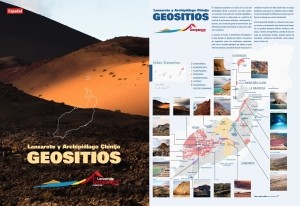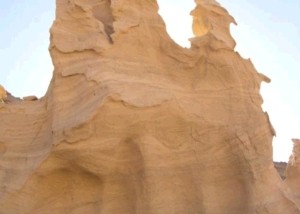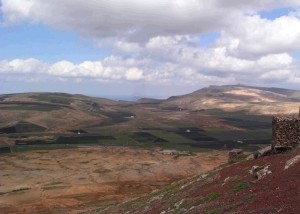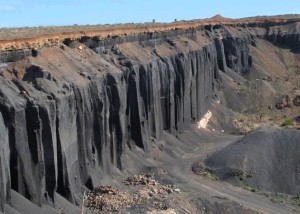The origin of the beauty of Lanzarote lies in its geology, its natural landscapes, its evolution, and its original materials that make up its geological heritage. Volcanoes, cliffs, caves, beaches, lava flows, jameos, calderas and islets, have turned the island into a geologically unique place in the Atlantic.
Definition
A Geosite, or Site of Geological Interest, is an “area that is part of the geological heritage of a natural region as constantly shows one or several characteristics that are considered significant in its geological history” (García Cortés and Carcavilla, 2013).
In our Geopark, there are 49 geosites on land and 19 underwater. 68 places can be marked on the map.
Next, there is a description of land sites according to the Specific Collaboration Agreement Report CIL-IGME to carry out scientific-technical research of the use of the volcanic resources of Lanzarote (createad by Inés Galindo, Nieves Sánchez, Carmen Romero and Juana Vegas), in 2014.
LZ14 Jable del Medio
It comprises one of the three large North-South sand outcrops, in the northeastern sector of Lanzarote. To the east, Mala [...]
LZ15 Timbaiba
Montaña de Timbaiba is a horseshoe-shaped volcanic cone, formed during the fissure eruption in the Middle Pleistocene. This building was [...]
LZ16 Vega de San José-Guanapay
Located near the southern end of Risco de Famara, it is a river valley transformed into an interior endorheic basin [...]
LZ17 Cantera de Tinamala
This geosite includes several excavated quarries on the flanks of the volcanic building of Tinamala, whose eruption dates back to [...]
LZ18 Montaña Tinache
A volcanic building formed in the Middle Pleistocene. In the process there was a series of hydromagmatic and strombolian episodes. [...]
LZ19 Las Calderetas
This geosite includes the surface of the volcanic cone of La Caldereta formed during the Lower Pleistocene. The vastness of [...]
LZ20 Lomos de San Andrés y Camacho
This geosite is a clear example of the interference between the volcanic construction processes and the sedimentation of wind sands [...]
LZ21 Monumento al Campesino
This geosite is located in Monumento al Campesino, a Tourist Centre of the Cabildo Insular of Lanzarote dedicated to the [...]
LZ22 Los Ancones
The powerful lava flows of Los Ancones from the pleistocene volcanic cone of Montaña Corona, reached the old coastline and [...]
LZ23 Canal de lava del Chinero
The Chinero volcano, also known as Nuevo del Fuego volcano, formed during the second eruption episode (29th September - 5th [...]












